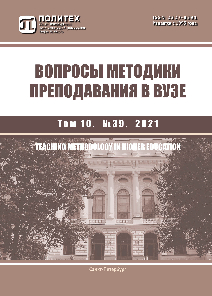Training students of a linguistic profile in post-editing machine translation
The article substantiates the need for professional translators to provide a high-quality result of work in the shortest possible time. Self-translation of the text in modern conditions is replaced by post-editing of automated translation, the increased importance of machine translation (MT) in the modern world is noted. The tasks that a translator will have to face when post-editing an automated translation text, namely, the tasks of a proofreader and an editor, are presented. It is shown that the collaboration of a machine and a person in the work on translation and certain requirements for a translator as a post-editor inevitably affect the didactics of translation. It is necessary to include tasks on the MT post-editing in practical translation training of linguistic profile students. An example of post-editing a machine translated text from the British online publication Mirror is given, and a comparative linguo-stylistic analysis of the machine translated and human-edited translation is given. The translation methods of semantic development, contextual replacement, lexical addition, etc. as used in MT post-editing are indicated. It has been determined that in order to successfully perform post-editing in the future, students at the training stage need to improve their knowledge of the native language and reflect it working on post-editing tasks proposed by the teacher. The didactic significance of exercises with MT post-editing in building translation competence is considered. The need to introduce MT post-editing into the curriculum of linguistic students, especially those for whom translation is a profession-oriented subject, is emphasized.



